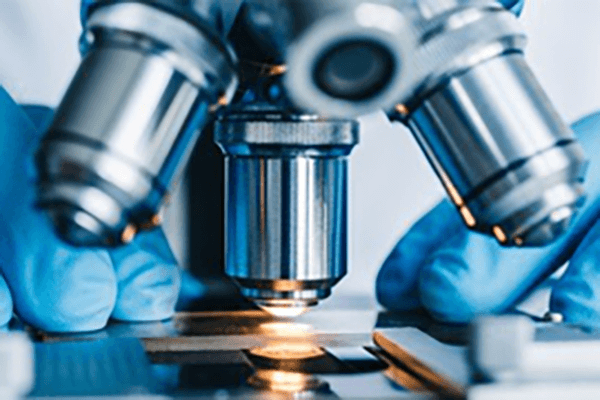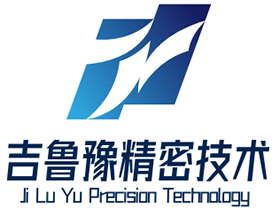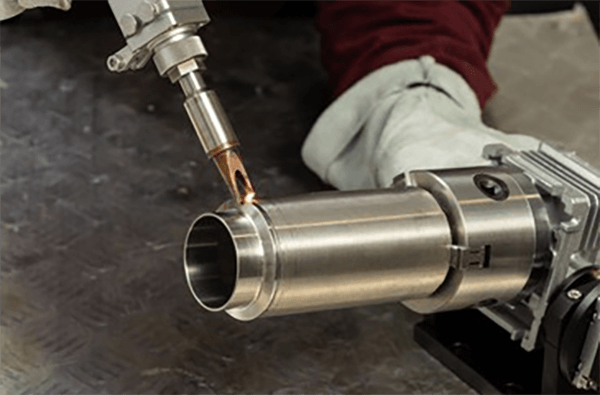
Attaining target exterior polish for a CNC part is of paramount importance.
- Blueprint callouts define exact texture requirements for manufactured pieces
- Many specifications reference Ra, an average roughness metric, for surface measurement
- Knowing how to read finish callouts is critical for meeting performance goals
- Clear finish specification affects lubrication behavior, sliding resistance, and lifespan
- Accurate interpretation of callouts is required to realize the targeted surface
Understanding Precision Engineering in CNC Machining

Programmed machining operates as a leading production process with programmed toolpaths the apparatus generates complex components precisely.
- This process enables the creation of high-quality parts from a wide range of materials
- The versatility of CNC machining makes it ideal for aerospace, automotive, medical, and electronics
- Machine-controlled machining secures stable repeatability for production lots
Across development to broad production CNC machining contributes fundamentally to manufacturing innovation
Understanding CNC Machine Specifications
Decoding CNC machine specifications can feel daunting at first glance
In contrast, measured learning and order help you traverse technical specifications
Begin by identifying the key parameters such as spindle speed feed rate accuracy work envelope and controller type
Every spec plays a role in determining machine performance.
To illustrate, faster spindle rotation fits soft materials and quicker feed improves production rates.
Understanding these relationships will allow you to select the right CNC machine to match your specific requirements
It’s wise to study manufacturer documentation comprehensively.
It will often provide valuable insights and clarify any technical terminology you may encounter
What is a CNC Machine? A Comprehensive Guide
Computer numerical control machines denote software-driven tools for precise automated fabrication of many substances They operate by interpreting digital instructions called G-code to control cutting tools or other actuators.
- Examples of CNC types are vertical mills, CNC lathes, CNC routers, plasma cutters
- Processes are adaptable to metals, polymers, timber, and composite materials
- Plus CNC technology provides rapid prototype cycles and limited manufacturing for small firms and research units
Fundamental CNC Machine Concepts
They embody an integration of hardware accuracy and advanced software regulation Adaptive tools rely on coded programs to manufacture from simple elements to detailed structures The fundamental principle behind CNC machines is the translation of digital designs into physical forms.
- Software-driven machining
- Programmatic production integration
This process involves a series of precise movements guided by the computer program Machine operators handle parameter selection, process monitoring, and quality confirmation.
The Role of Surface Finish in CNC Machining
Producing expected finish through machining is important It significantly alters operational behavior and appearance Workpiece material, tool settings, and secondary finishing processes determine texture.
High-quality surfaces strengthen durability while rough textures may reduce efficacy Programmed machining features assorted toolpaths and cutters to deliver specified finishes.
- By using distinct cutter geometries |high-speed steels|RPM and feed adjustments to craft finish
- In addition buffing, grinding, and sanding may be applied to upgrade finishes
Appreciating the link between settings and surface quality helps achieve ideal finishes.
From Operation to Applications: CNC Basics
It constitutes a high-precision manufacturing approach using programmed machine tools to form parts from many materials They interpret digital toolpaths to carve detailed designs reliably Familiarity with programming, tooling, and machine operation is key to process success
CNC applications stretch across aerospace, automotive, medical device, and electronics industries From complex aerospace components to precise injection molds, CNC is essential for complex parts
Specifying Surface Roughness for CNC Parts
Clear finish definition is critical for CNC machined components It assures alignment with required performance and visual expectations Manufacturers often rely on Ra (roughness average) to represent surface finish Shown in micrometers or inches, the measurement denotes typical roughness magnitude.
Weigh required surface smoothness against intended use when defining callouts

Often a polished surface is selected when precise tolerance and fit are required
Coarse finishes can benefit components where traction or friction are functional
Provide specific finish callouts in engineering drawings to communicate texture needs State the Ra figure and any extra machining or finishing instructions required.
Keep in mind clear finish callouts are central to manufacturing success
Types of CNC Machines and Their Capabilities
The world of CNC machining is vast and diverse with a wide array of machines designed to tackle various types of tasks They leverage CAD/CAM designs to instruct cutters for accurate and efficient fabrication.
- Drills bore precise holes with controlled feed and speed
- Profiling routers cut complex outlines usually in softer materials
- Laser systems produce fine kerfs and detailed shapes in thin materials
The choice of CNC machine depends on the specific project requirements materials being worked with and desired precision Varied CNC functionalities equip manufacturers in industries from automotive to aerospace.
Obtaining High-Quality Surface Finish with CNC
Achieving a superior surface finish is crucial in numerous manufacturing processes and CNC machining offers an exceptional method for achieving this goal Through careful tuning of feeds speeds and tool profiles operators manage chip formation and surface generation Also advanced insert materials and suitable coolant practices support improved finishes Optimized cutting plans and meticulous setup procedures help achieve premium finishing.
Securing Surface Finish Through CNC Programming
Mastering surface finish during CNC programming is crucial for achieving desired quality outcomes Cutting parameter selection—feed, speed, tool geometry—controls surface finish Deliberate parameter selection and optimized lubrication enable near-flawless finishes.
- Furthermore regular tool maintenance and inspection are essential for ensuring a consistent and high-quality surface finish over time Also ongoing tool care and inspection support sustained finish reliability Plus regular inspection and maintenance of what cnc tools copyright finishing standards
- To enhance finish consider workpiece material, roughness targets and use case
- CAM previews let programmers modify strategies to avoid finish defects
- In addition periodic tool servicing and checks secure consistent surface quality
